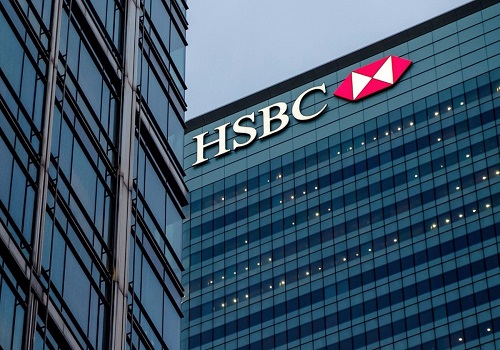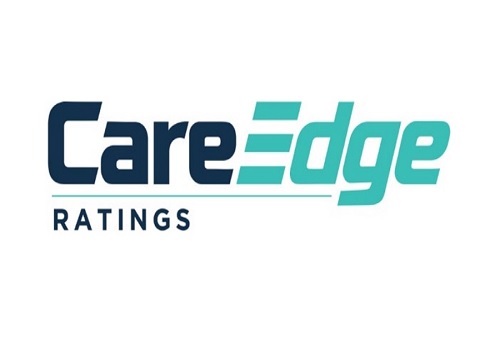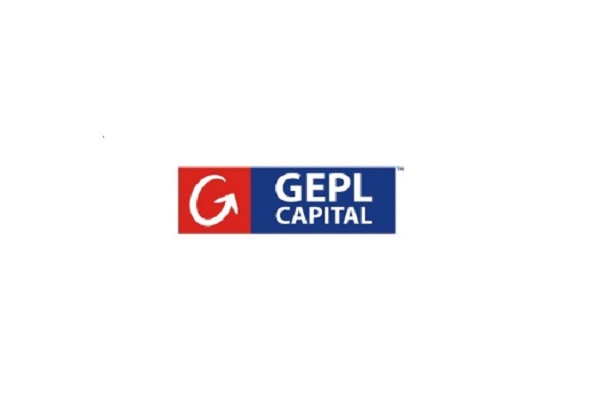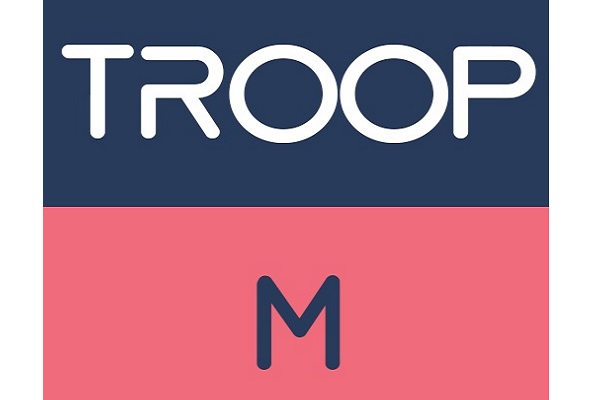India`s flash composite PMI remains healthy in July at 60.7

India’s flash PMI data showed that operating conditions across India's private sector continued to improve in the month of July. Indian manufacturers led the way, recording faster rates of expansion than services for all of the three metrics i.e. total sales, export orders and output levels. The HSBC Flash India Manufacturing PMI index rose from 58.4 in June to 59.2 in July, its highest reading in close to 17-and-a-half years and indicative of a robust improvement in the health of the manufacturing industry. However, the HSBC Flash India Composite Output Index -- a seasonally adjusted index that measures the month-on-month change in the combined output of India's manufacturing and service sectors -- eased slightly to 60.7 in July from a final reading of 61.0 in June. The figure still remained well above the 50-level that separates growth from contraction and marked sustained expansion for the past four years.
On the price front, there was a pick-up in cost pressures across the private sector. Aluminium, cotton, foodstuffs (cooking oil, egg, meat, vegetables), rubber, steel and transportation all rose in price. The rate of inflation was solid, but remained below its long-run average. Services companies recorded a faster increase in input prices than their manufacturing counterparts. Charge inflation likewise intensified in July, as private sector companies sought to share additional cost burdens with their clients by lifting selling prices. Moreover, the pace of increase surpassed the series trend, with stronger rates of inflation seen in both the manufacturing and service sectors.
The data report noted that although Indian firms continued to forecast output growth over the course of the coming 12 months, the overall level of positive sentiment fell to its lowest mark since March 2023. Dampening sentiment were concerns around price pressures and heightened competition for new work. Subsequently, job creation eased in July. Employment rose at a moderate pace that was the weakest in 15 months. A notable slowdown in growth was seen in the service economy, where the respective seasonally adjusted index fell by nearly four points. This moderation in job creation, coupled with robust intakes of new business, added to firms' capacity constraints. Outstanding business volumes across the private sector rose at a solid rate that was the fastest in nearly five years. Pressures were more intense in the service economy than in the manufacturing industry.























